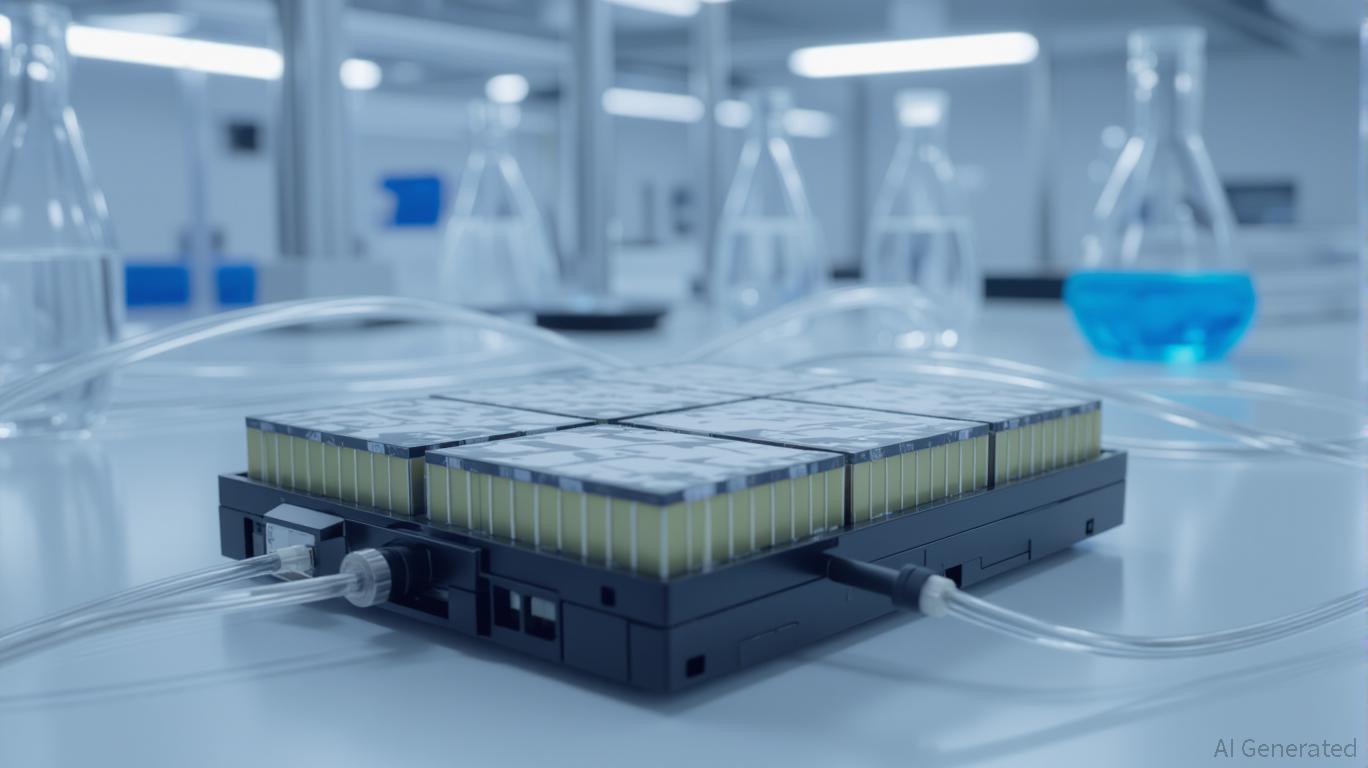Key Mineral Faces Major Import Duty
The U.S. government has enacted a new tariff that targets a core component of electric vehicle battery production. The Department of Commerce confirmed a 93.5% duty on Chinese graphite, accusing exporters of selling the material below fair market value. This sharp increase in import costs is poised to significantly affect electric vehicle manufacturing across the country.
Graphite is essential for the production of lithium-ion batteries, a dominant technology in electric vehicles. While graphite is inexpensive, often costing under $2 per pound, Chinese exports to the United States surged in recent years, exceeding $347 million in 2023. Despite the growing reliance on imports, domestic graphite production has not yet achieved the ultra-high purity required for use in EV batteries, according to evidence submitted during the tariff inquiry.
Domestic Industry Welcomes the Tariff
Companies like Novonix, a U.S.-based graphite manufacturer, view the move as an opportunity. CEO Mike O’Kronley stated that the tariff could stimulate investment and speed up the development of a domestic graphite industry. “This is a turning point for the graphite sector in the United States,” he noted. O’Kronley pointed to China’s overcapacity in graphite production as a major issue, which he says undermines U.S. efforts to build a stable and independent critical minerals supply chain.
Despite the enthusiasm from domestic producers, significant hurdles remain. The U.S. currently lacks the capability to meet demand for high-purity graphite, and the process of developing battery-grade material is lengthy and technically demanding. As a result, the immediate effect of the tariff will likely be an increase in costs for EV manufacturers rather than a boost in supply from within the U.S.
Trade Policy Shifts Under the Trump Administration
The tariff decision also reflects broader changes in trade policy. The current administration has moved to eliminate or revise federal support for electric vehicle production, including government loans and tax incentives. A recently enacted spending and tax package removes the $7,500 credit previously offered to EV buyers, further tightening the financial landscape for consumers and manufacturers alike.
Although the Biden administration initiated a 25% graphite tariff last year and began the review process leading to this higher duty, the Trump administration’s new measure intensifies trade restrictions. When combined with other tariffs, the total duty on Chinese graphite could reach approximately 160%.
Long-Term Implications for the EV Sector
Tesla and other automakers have raised concerns that the tariff will restrict access to the quality of graphite needed for battery production. During testimony, legal representatives emphasized that no U.S. producer currently offers graphite with the required 99.9% carbon purity level. This standard is essential to prevent metallic impurities from damaging battery performance and safety.
Even proponents of the tariff acknowledge that supply chain changes will take time. “You can’t quickly replace a qualified material like this,” O’Kronley stated. “We may not see an overnight change, but this will trigger a long-overdue transformation in domestic production.”
With both economic and environmental interests at stake, the evolution of graphite sourcing could significantly influence the future of American EV manufacturing. Industry leaders will need to balance cost, supply chain security, and technical standards as the market adapts to a new regulatory environment.



